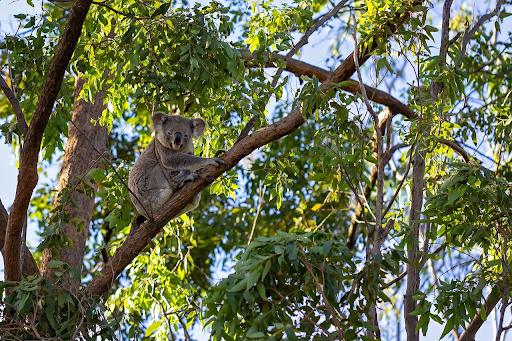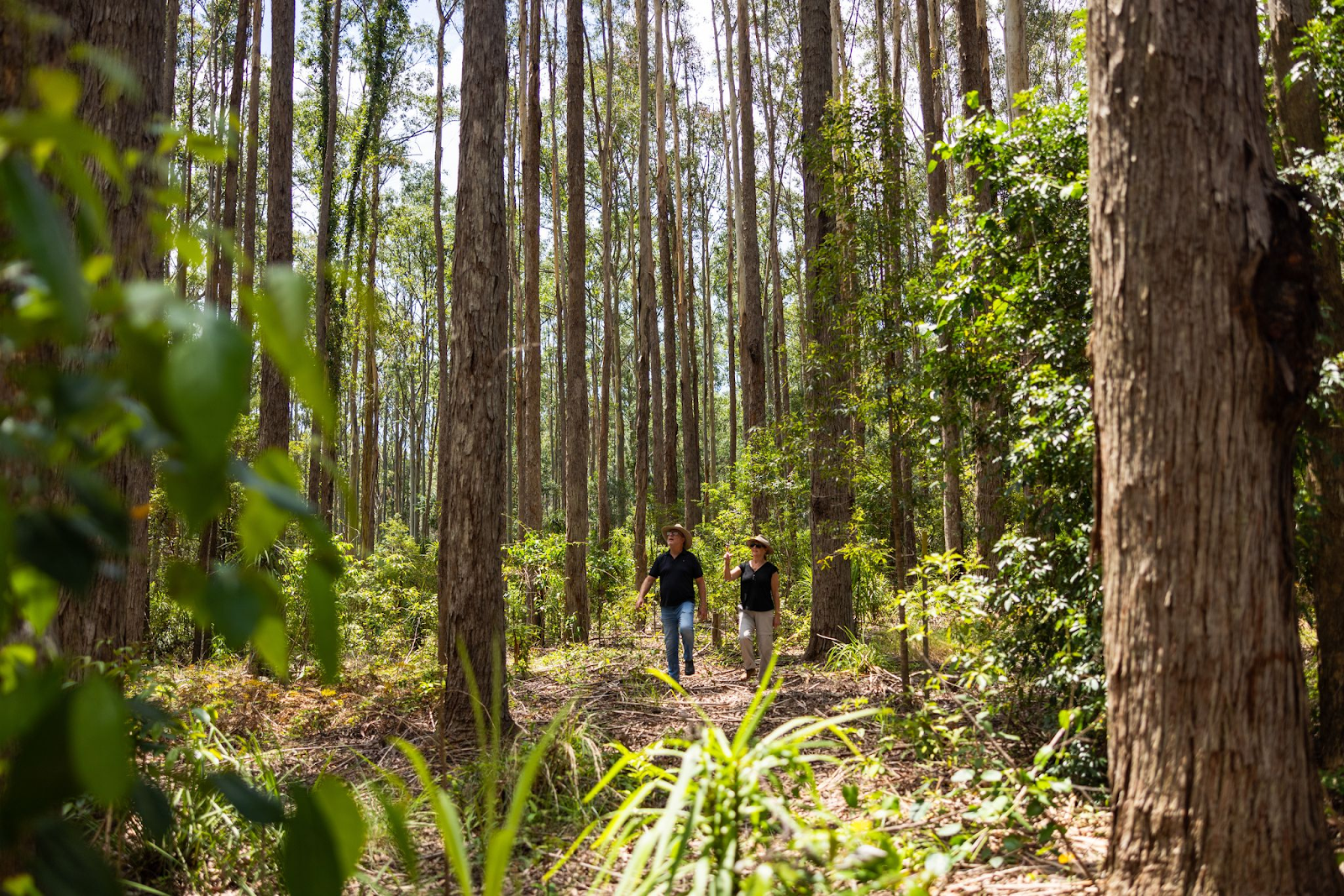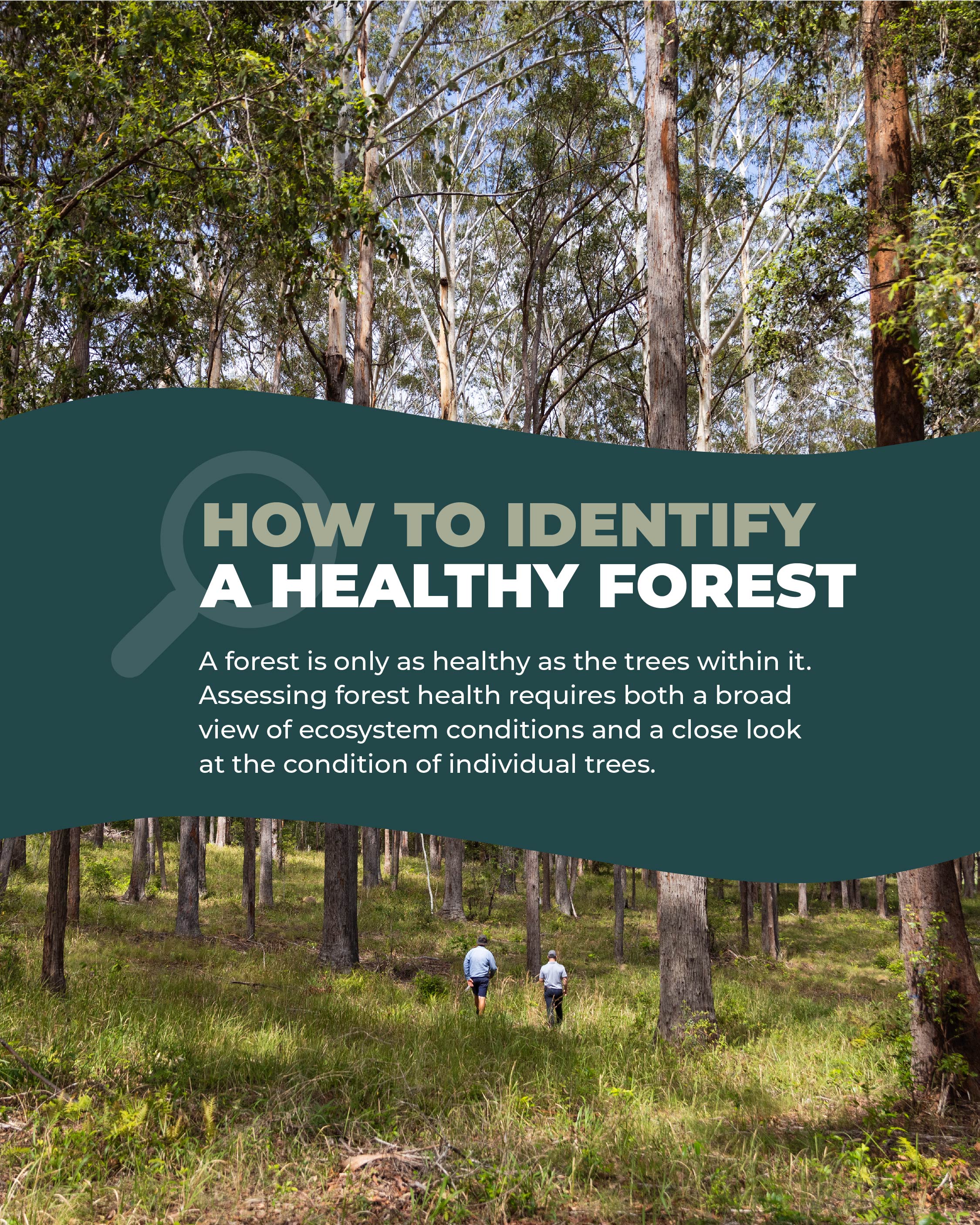Private Native Forestry (PNF) operations across the New South Wales North Coast are increasingly shaped by evolving conservation frameworks – most notably the introduction of Koala Protection Zones (KPZs). With the koala listed as endangered in NSW and significant investment flowing into the NSW Koala Strategy, landholders engaged in native forestry must navigate a complex regulatory landscape. This blog explores the direct impacts of KPZs on private forestry, focusing on compliance requirements, habitat preservation measures, and the role of science-based planning in balancing ecological outcomes with sustainable land management. Whether you’re a forest manager, landowner, or policy stakeholder, understanding the intersection of koala conservation and PNF regulation is key to maintaining both biodiversity and viable forestry practices across this biodiverse region.
Koalas and the Conservation Narrative
Koalas (Phascolarctos cinereus) are one of Australia’s most iconic native species. Public interest in their welfare is high, often leading to conservation narratives focused on crisis. However, it’s essential that protection strategies are grounded in current science.
While the 2019–2020 megafires significantly affected koala populations, recent data shows that populations in affected areas are recovering, helped by post-fire regrowth that provides food and habitat.
The NSW Koala Strategy and the Great Koala National Park
In response to conservation concerns, the New South Wales Government has committed over $40 million to the NSW Koala Strategy 2021-2026 to double koala numbers by 2050. A key initiative includes the proposed Great Koala National Park (GKNP), covering 176,000 hectares of state forest and 8,400 hectares of koala hubs, which account for 42% of koala sightings in those forests since 2000.
Advancements in Koala Habitat Monitoring and Survey Methods
Since the koala’s listing as Endangered in NSW, ACT and QLD, major advances in survey methods using acoustic recorders and drones have led to more efficient and accurate monitoring.
Law et al. (2024) conducted acoustic monitoring across 224 sites in north-east NSW from 2015–2021. Over 25,000 hours of recordings showed a stable meta-population with high occupancy (median ~0.75). Koalas were equally present in both state forests and national parks, and timber harvesting or low-severity fires had no detectable impact.
The National Parks and Wildlife Service also surveyed 176,000 hectares around Coffs Harbour using infrared drones. From 173 sites, 377 koalas were recorded, with detections in 61% of sites. Preliminary results estimate up to 10,000 koalas in the region.
The CSIRO has also been running a national monitoring program. Their latest estimates show more koalas in NSW, ACT, and Queensland than previously thought, challenging claims of rapid decline.
What Do Koala Protection Zones Mean for Private Native Forestry?
Private Native Forestry (PNF) in NSW spans about 455,000 hectares, with only 2,000 hectares harvested annually – just 0.5% of the estate. Public forests see 30,000 hectares harvested annually, representing only 0.1% of NSW’s 20 million hectares of forest. (DPI NSW).
The PNF Code of Practice ensures koala habitat protection. Trees are visually checked before felling, feed trees are retained, and sightings require compliance with strict procedures. This selective harvesting approach aims to maintain koala habitat.
See more in our Landowners Guide to Private Native Forestry.
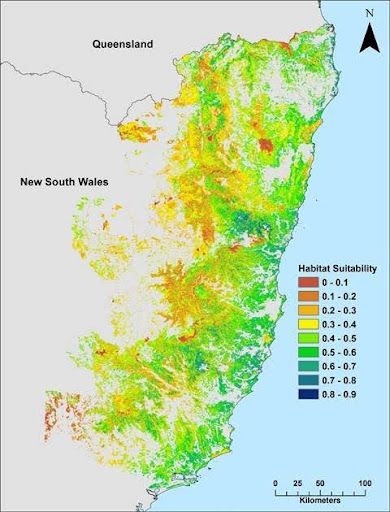
How Is Selective Forest Harvesting Affecting Koalas?
A 2021 study by the NSW Natural Resources Commission found no measurable decline in koala populations due to selective harvesting. Koala density remained consistent, and tree retention – particularly of diverse feed species like Tallowwood – was found to be key.
Planning and Regulation for Koala Protection
Koala Protection Zones (KPZs), guided by the Koala Habitat Protection SEPP and the NSW Koala Strategy, are based on sighting data and habitat models. Within KPZs, PNF operators must follow stricter planning, monitoring, and reporting procedures to minimise habitat impact.
See more about Managing Koalas in Forestry Operations in this visual guide.
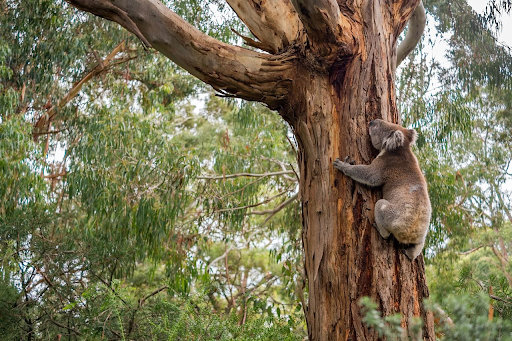
Balancing Conservation and Forestry
Recent data shows koalas are not experiencing severe and rapid decline in much of their NSW range. With informed planning, sustainable forestry and koala conservation can successfully coexist.
At Sustainable Forest Management, we help landholders meet regulatory requirements while supporting forest health and biodiversity. Through sound science and collaboration, we can protect koalas and maintain the economic resilience of regional forestry.
Get Involved:
- Book a FREE forest assessment: 1300 367 378
- Download our Forestry Guide for Landowners
- Explore more at sustainableforestmanagement.com.au
- Read more on our Blog: Protecting Australia’s Forest Dwelling Wildlife
